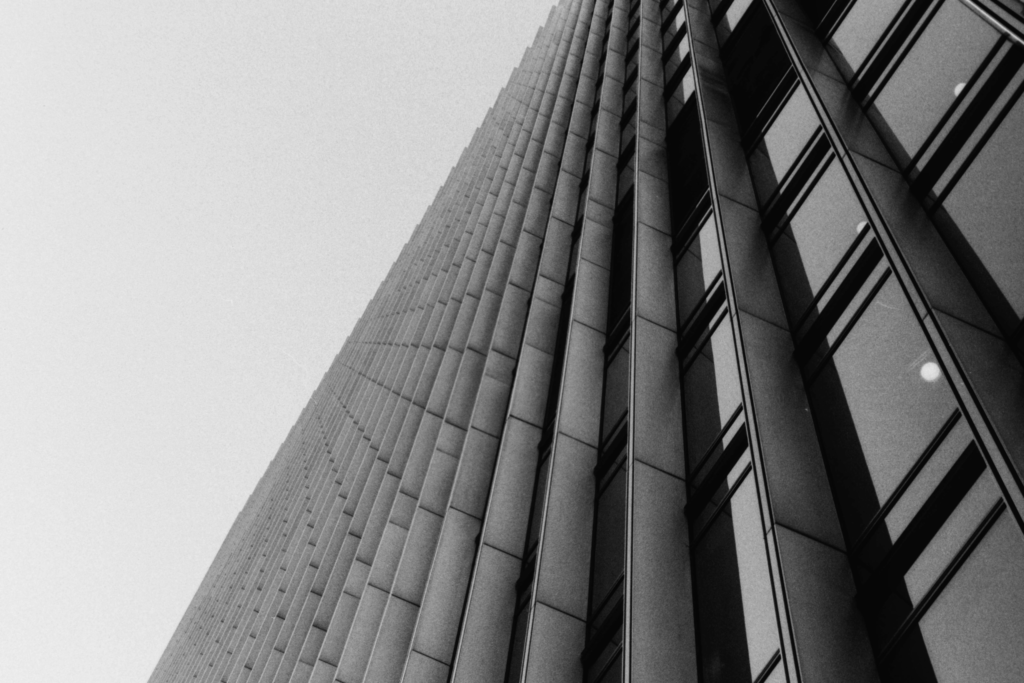
Brutalist architecture in Britain: What are the main characteristics?
Known for its austere aesthetic and raw concrete, Brutalist architecture became a mainstay of new buildings in post-war Britain. In more recent times, Brutalism has become unpopular with the modern British public. Many demolition campaigns have targeted Brutalist buildings as they haven’t aged well over the years, adding a dystopic appearance to the UK’s landscape. Is this a fair assessment of an architectural style that was intended to symbolise a new age of socialistic ideals?
History
In the aftermath of World War II – with towns and cities devastated by sustained aerial bombardment – the UK faced the challenge of rebuilding itself. Not only did London need to be reconstructed, but there was a need to establish new towns across the country to rehouse an overcrowded population. Over 27 new towns were built in the second half of the 20th century to accommodate the new houses, hospitals, and schools that were urgently required.
As such, architects turned to designs that were functional, cheap, and quick to construct. A new style and philosophy emerged in the 1950s, pioneered by Alison and Peter Smithson. In 1955, British architectural expert Reyner Banham wrote an essay “The New Brutalism” critiquing the movement and concocted the term Brutalist architecture.
Key Features of Brutalist Architecture
Brutalism focused on the quality of materials so architectural features normally hidden became exposed. According to RIBA, “there was an emphasis on mass, characterised by large concrete shapes, textured surfaces, and overt display of service ducts and ventilation towers.” It was underscored by heavy-looking materials, such as raw concrete (beton brut) as well as bare brick and steel. RIBA notes that Brutalism is defined by:
- Rough, textured, and unfinished surfaces
- Unusual, geometric shapes
- Massive forms with modular elements
Another characteristic often associated with this style is the use of simple, straight lines with small windows.
Examples of Brutalist Architecture in Essex
There are many examples of Brutalism across London such as the Barbican and the National Theatre, as well as the now demolished Robin Hood Gardens residential estate. The university boom of the 1960s meant that many campuses were built in this style. For example, Falmer House at the University of Sussex and the Templeman Library at the University of Kent. But are there any notable examples in Essex?
Cater House in Chelmsford was built in the 1960s. Although despised by locals, it has many characteristics of Brutalism such as raw textures and a modular, functional appearance. In addition, it also features a distinct relief on the side designed by American sculptor, Mitzi Cunliffe, who also designed the iconic mask trophy for the BAFTA awards. We’ve listed some other examples below:
- Basildon Town Centre, founded in 1949
- University of Essex, Colchester which opened in 1964
- High Chelmer multi-storey car park, Chelmsford
In 2016, the University of Essex added two new buildings inspired by Brutalism and to compliment the original campus design. We hope that many more will begin to appreciate the spirit from which this architectural movement emerged.
Contact Us
Are you planning a project to extend or refurbish a building with Brutalist architecture? Don’t hesitate to reach out to Munday + Cramer! From architectural design to project management, our skilled team of RIBA qualified architects will be more than happy to support your plans. You can also give us a call on 01245 326 200 or email info@mcessex.co.uk.
